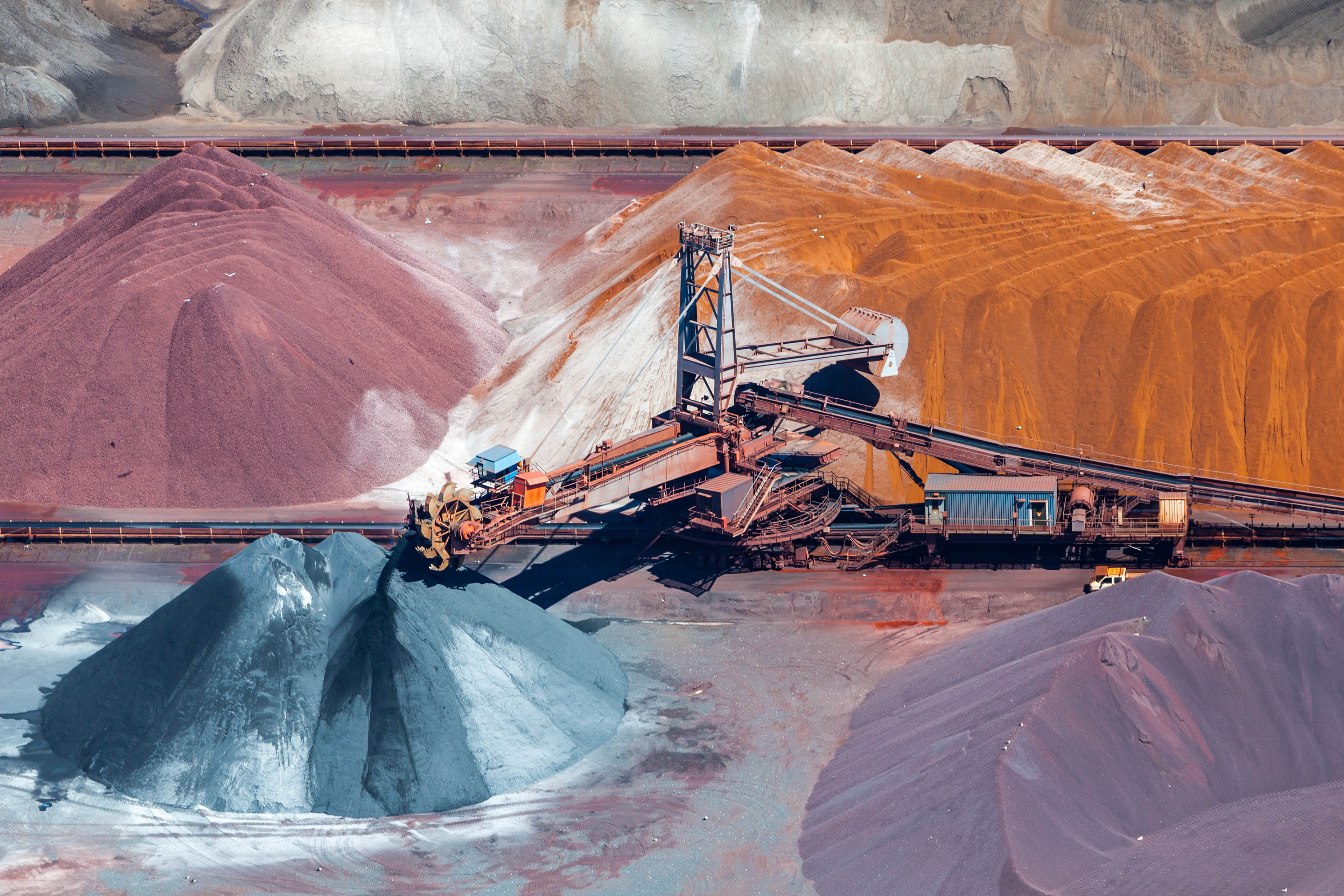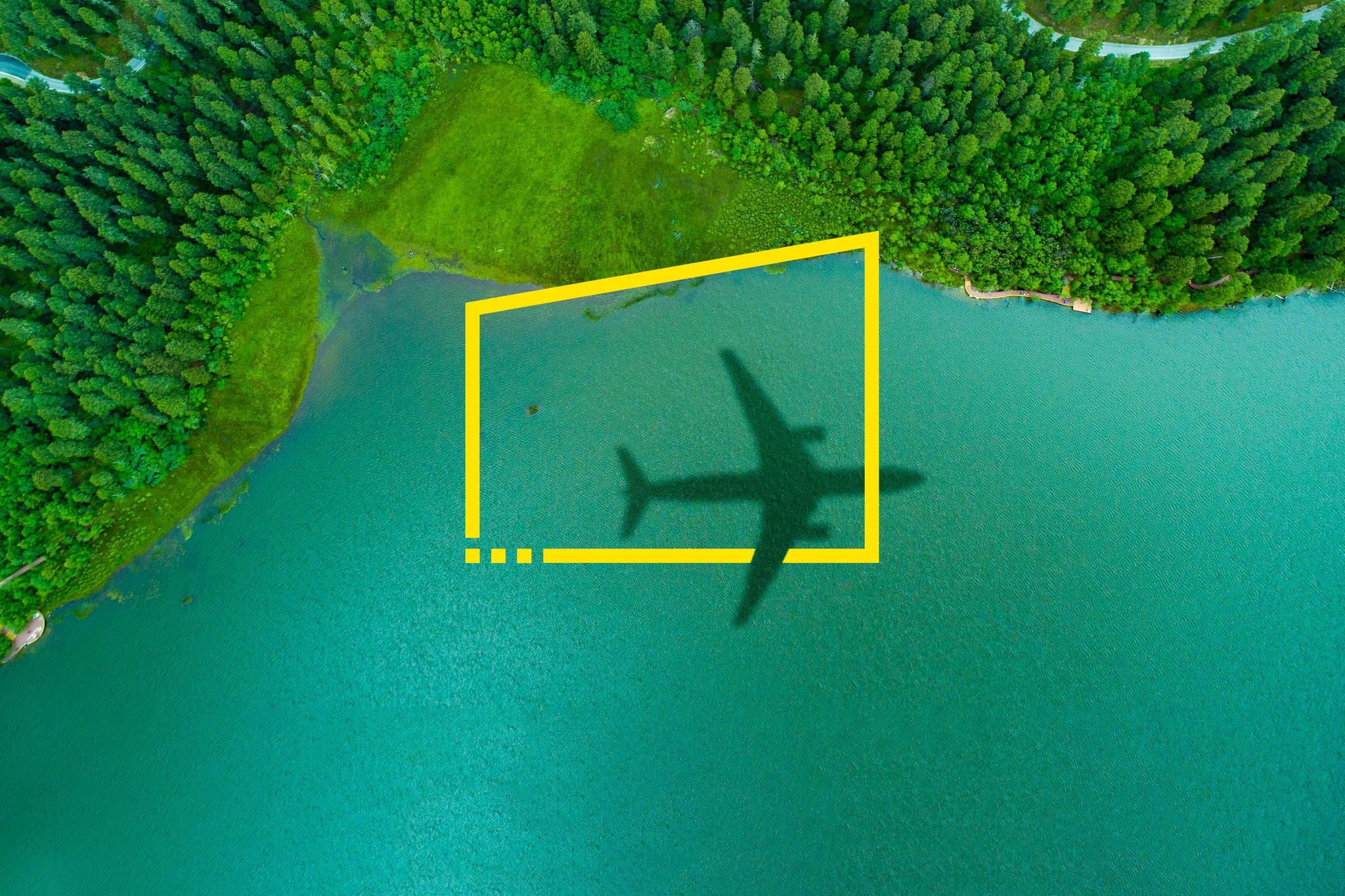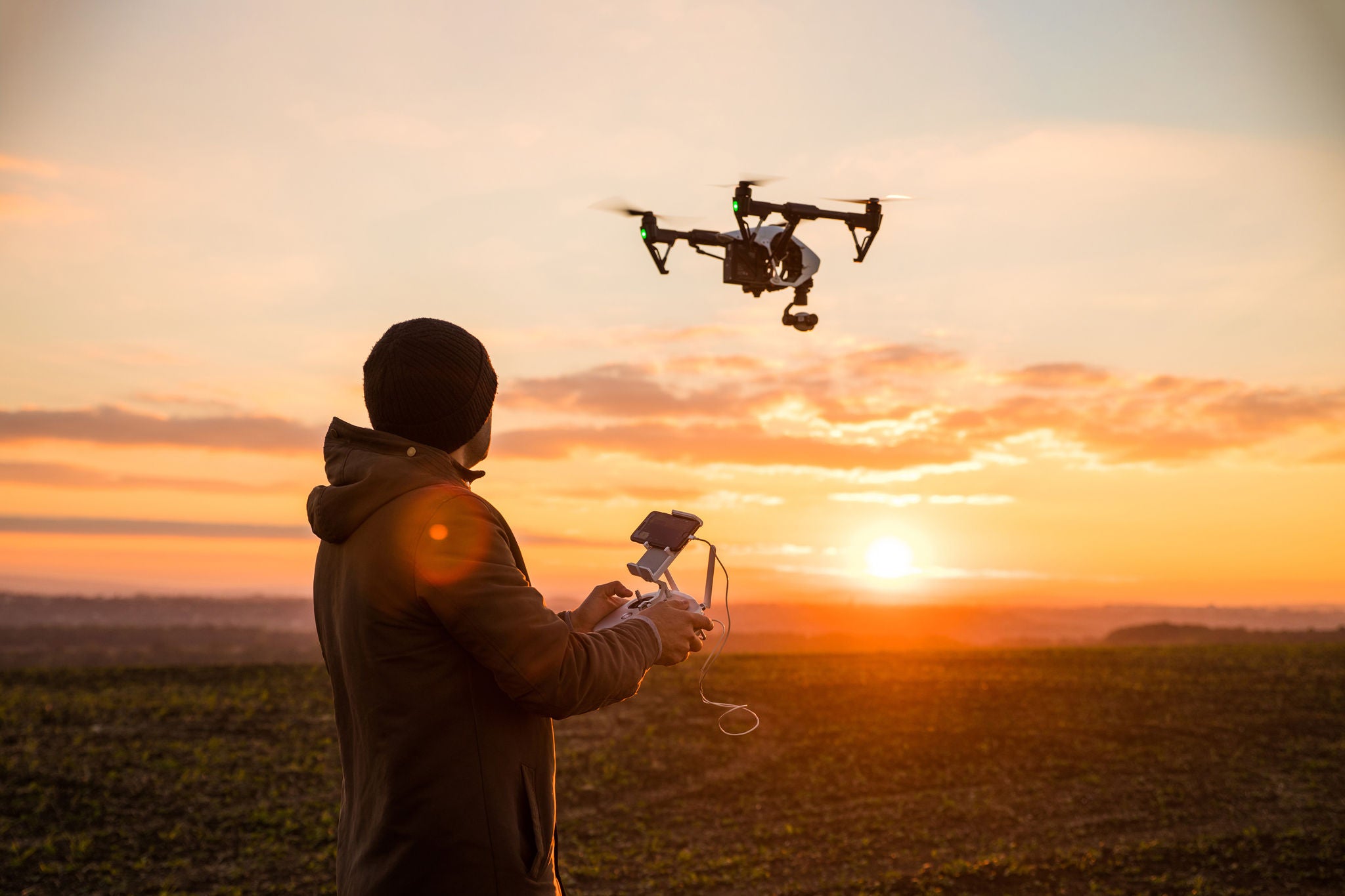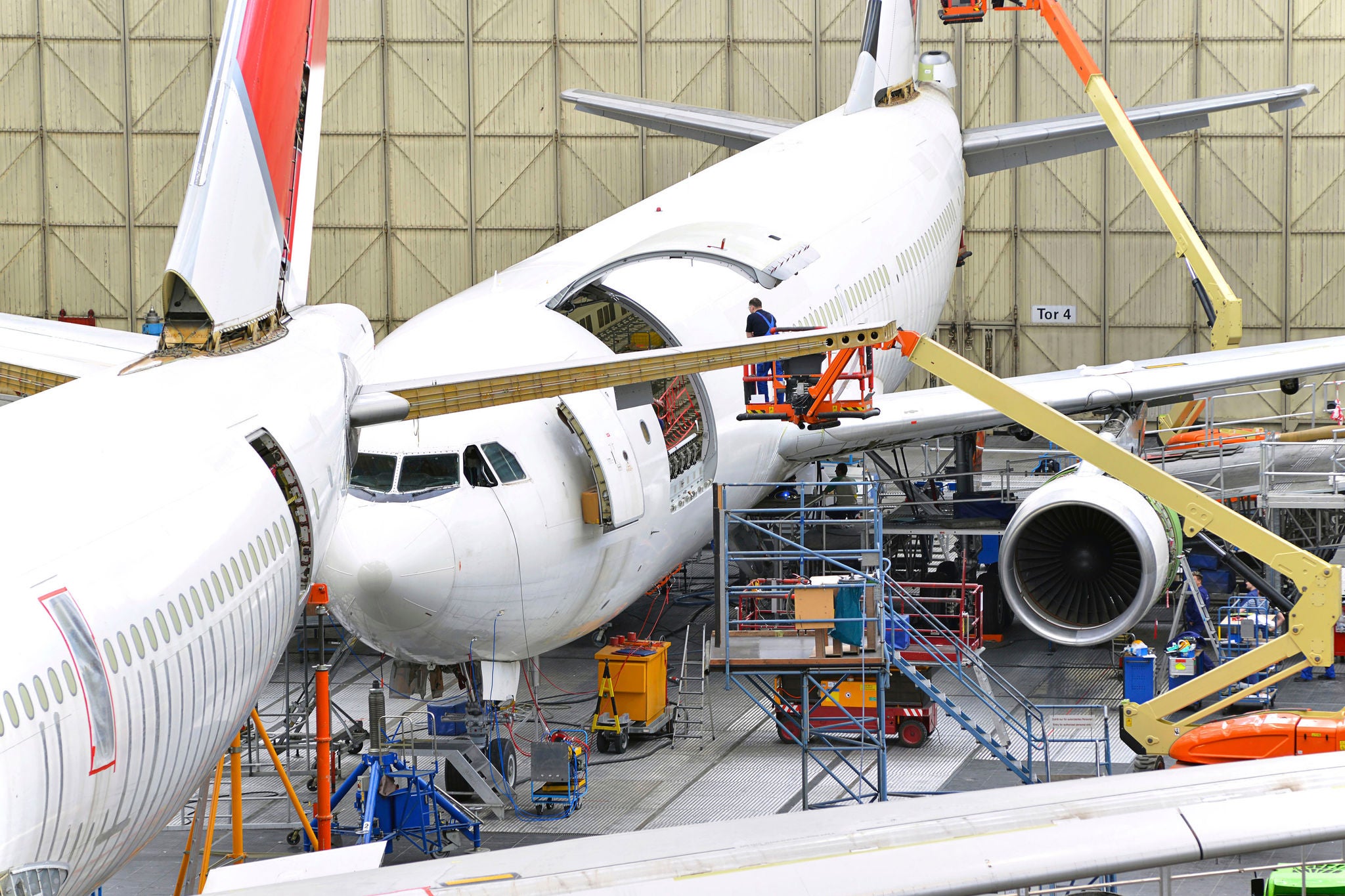EY refers to the global organization, and may refer to one or more, of the member firms of Ernst & Young Global Limited, each of which is a separate legal entity. Ernst & Young Global Limited, a UK company limited by guarantee, does not provide services to clients.
Related article
How industrial leaders can use sustainability to create value
Industrial companies must embed value-led sustainability and deploy digital tools to stay ahead of the curve. Learn more.
As climate science and business action has evolved, it’s fair to say that the sector’s engagement has not been without its pressure from governments and other stakeholders to identify action and accelerate progress. Today, for those companies that successfully frame sustainability as a business imperative integrated within the overall business strategy, the seeds are being planted for new revenue streams, new markets and new business models. It’s what we call value-led sustainability: helping business create value for sustainability as well as helping sustainability create value for business.
The recent EY CEO Outlook shows how this is already influencing change in the A&D sector. Sixty-nine percent of advanced manufacturing executives are integrating ESG as a core aspect of all their products and using differentiated technologies to boost customer loyalty. Rather than bolting it on as an afterthought, sustainability leaders are putting environmental considerations at the center of their innovation, product design and life cycle planning, and even commercial models. Organizations are also seeking longer-term benefits as they reimagine production lines or even entire factories to reduce waste and increase energy efficiency.












